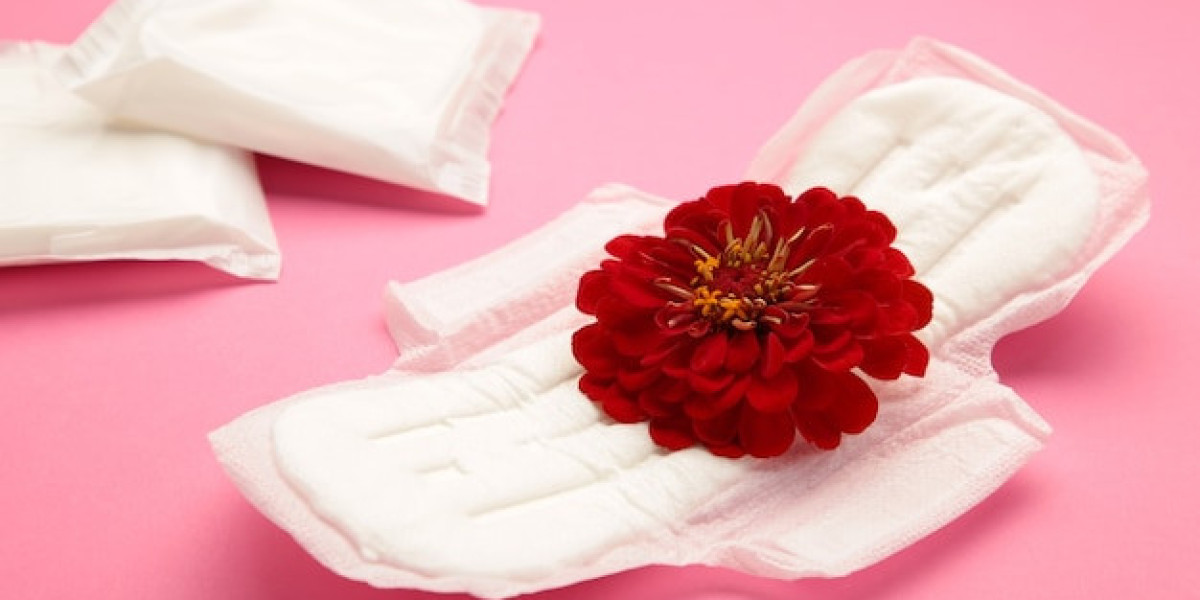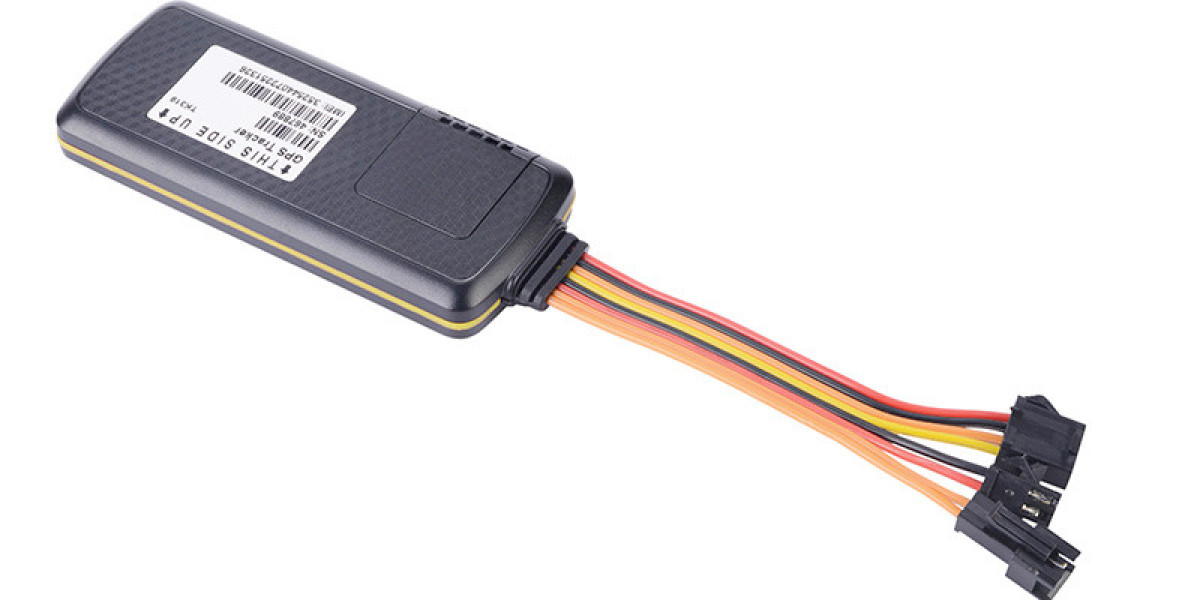Sanitary pads are a crucial part of menstrual care for many women, but their environmental impact is increasingly being scrutinized. Traditional plastic sanitary pads contribute significantly to plastic waste and landfill problems. Natural sanitary pads offer an eco-friendly alternative as awareness grows about environmental sustainability and health concerns. This article explores the environmental impact of natural organic pads, the benefits of switching to natural options, and how to choose and transition to these more sustainable products.
The Environmental Impact of Plastic Sanitary Pads
Plastic Waste and Landfills
Plastic sanitary pads are predominantly made from synthetic materials, including polyethylene and polypropylene, which do not decompose easily. When disposed of, these pads contribute to plastic waste in landfills, which can remain for hundreds of years. The accumulation of plastic waste in landfills poses a significant environmental challenge, as these materials do not break down and can leach harmful chemicals into the soil and water supply.
The Environmental Toll of Disposable Products
Disposable sanitary products, including pads, have a considerable environmental footprint. Their production involves not only the extraction of raw materials but also energy-intensive manufacturing processes. Additionally, their single-use nature contributes to a cycle of continuous waste generation. This environmental toll is exacerbated by many disposable pads containing plastic and other non-biodegradable materials.
What Are Natural Sanitary Pads?
Natural sanitary pads are designed to be a more eco-friendly and health-conscious alternative to conventional disposable pads. These pads are typically made from organic and biodegradable materials such as organic cotton, bamboo, and other natural fibers. Natural organic pads decompose quicker than plastic-based pads and have a lower environmental impact.
Key Characteristics:
Materials: Made from organic cotton, bamboo fiber, or other biodegradable materials.
Design: Often free from synthetic chemicals, dyes, and fragrances.
Functionality: Designed to offer comparable absorbency and comfort while reducing environmental harm.
Benefits of Switching to Natural Sanitary Pads
Health Benefits
Reduced Allergens and Irritants
Natural sanitary pads are crafted from materials less likely to cause allergic reactions or skin irritations. Traditional pads often contain synthetic chemicals and fragrances that can lead to discomfort or allergic responses. Organic cotton and other natural materials used in these natural organic pads are hypoallergenic and gentle on sensitive skin.
Breathability and Comfort
Natural organic pads are designed to be more breathable than their plastic counterparts. This enhanced breathability helps reduce moisture buildup, which can cause discomfort and contribute to irritation. The natural materials used also tend to be softer and more comfortable against the skin, enhancing the overall user experience.
Environmental Benefits
Decreased Plastic Waste
One of the most significant benefits of natural sanitary pads is their reduction in plastic waste. Since these natural organic pads are made from biodegradable materials, they break down more easily in landfills, minimizing their long-term environmental impact. This decrease in plastic waste contributes to a cleaner and more sustainable planet.
Biodegradability
Natural organic pads are designed to decompose more quickly than conventional pads. Materials such as organic cotton and bamboo are biodegradable and can break down within a few months to a year, depending on the conditions. This biodegradability reduces the accumulation of non-decomposable waste and supports a more sustainable waste management system.
How to Choose the Right Natural Sanitary Pads
Factors to Consider
Absorbency
When selecting natural sanitary pads, it's crucial to consider their absorbency. Different pads are designed for varying flow levels, including light, medium, and heavy. Ensure that the natural organic pads you choose meet your needs for protection and comfort throughout your menstrual cycle.
Material Quality
Check the materials used in the pads. Look for certifications such as GOTS (Global Organic Textile Standard) or OEKO-TEX to ensure the natural organic pads are organic and free from harmful chemicals. High-quality natural materials contribute to better performance and comfort.
Top Brands and Products
Brand Comparisons
Several reputable brands offer high-quality natural sanitary pads. Comparing these brands can help you find the best product for your needs:
Rael: Known for its organic cotton pads that offer excellent absorbency and comfort. Rael is praised for its commitment to sustainability and skin-friendly materials.
Natracare: Offers a wide range of organic and biodegradable pads. Natracare is recognized for its environmental certifications and eco-friendly practices.
L. Organic: L. Organic provides comfortable and effective organic cotton pads. It is noted for its social responsibility and quality products.
Customer Reviews
Reading customer reviews can provide insights into the performance and comfort of different natural sanitary pads. Look for reviews that discuss absorbency, comfort, and overall satisfaction to make an informed decision.
How to Make the Transition Smoothly
Gradual Change
Transitioning to natural sanitary pads can be easier if done gradually. Try different brands and styles to determine what works best for you. Gradually replace your conventional pads with natural options to give yourself time to adjust to the new products.
Tips for First-Time Users
Start with a Sample Pack: Many brands offer sample packs or trial sizes, allowing you to test different types of natural pads before committing to a larger purchase.
Be Patient: Finding the right fit and style may take time. Be patient and open to different options until you find what works best.
Monitor Your Body: Pay attention to how your body responds to the new pads. Look for any signs of irritation or discomfort and adjust accordingly.
How Can We Address Common Concerns?
Cost vs. Conventional Pads
While natural sanitary pads may have a higher upfront cost than conventional pads, they can be more cost-effective in the long run due to their environmental benefits and potential health advantages. Additionally, some people find that investing in high-quality, eco-friendly products is worth the extra cost for improved comfort and sustainability.
Accessibility and Availability
Natural sanitary pads are becoming more widely available in stores and online. Many brands offer online direct-to-consumer options, and larger retailers are increasingly stocking eco-friendly products. If you have difficulty finding natural organic pads locally, consider purchasing them online or through subscription services.
Conclusion
Natural sanitary pads offer a compelling alternative to conventional plastic-based products, providing numerous benefits for both personal health and the environment. By understanding the environmental impact of traditional pads, the advantages of switching to natural options, and how to choose and use these products effectively, you can make informed decisions that align with your values and needs. The transition to natural organic pads represents a positive step towards more sustainable and health-conscious menstrual care.








